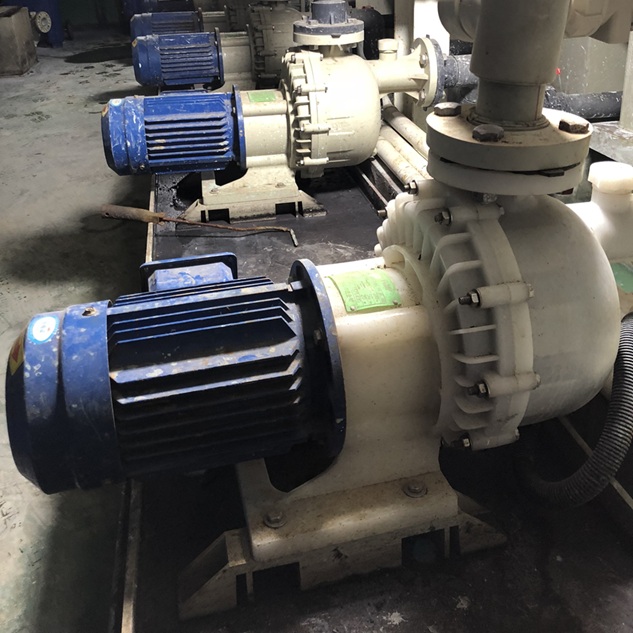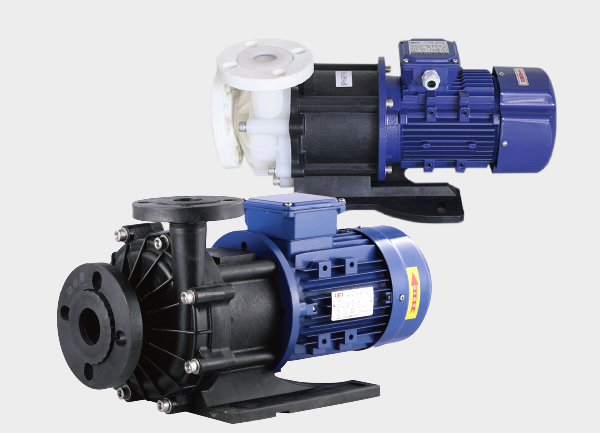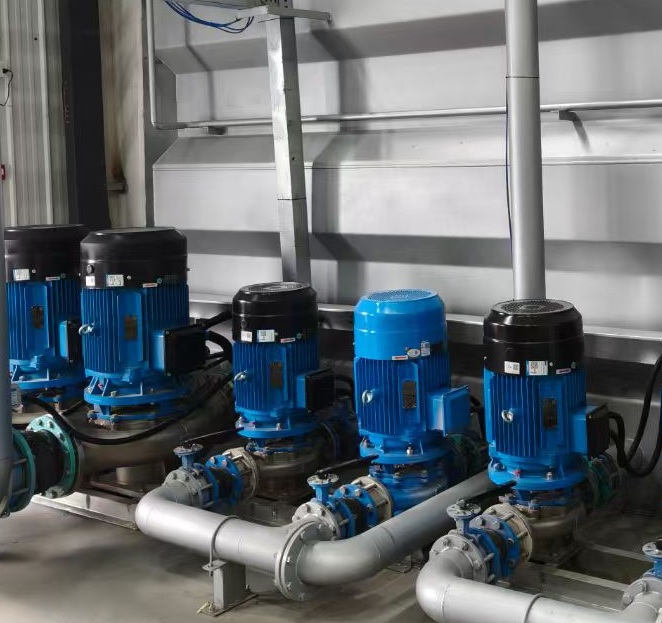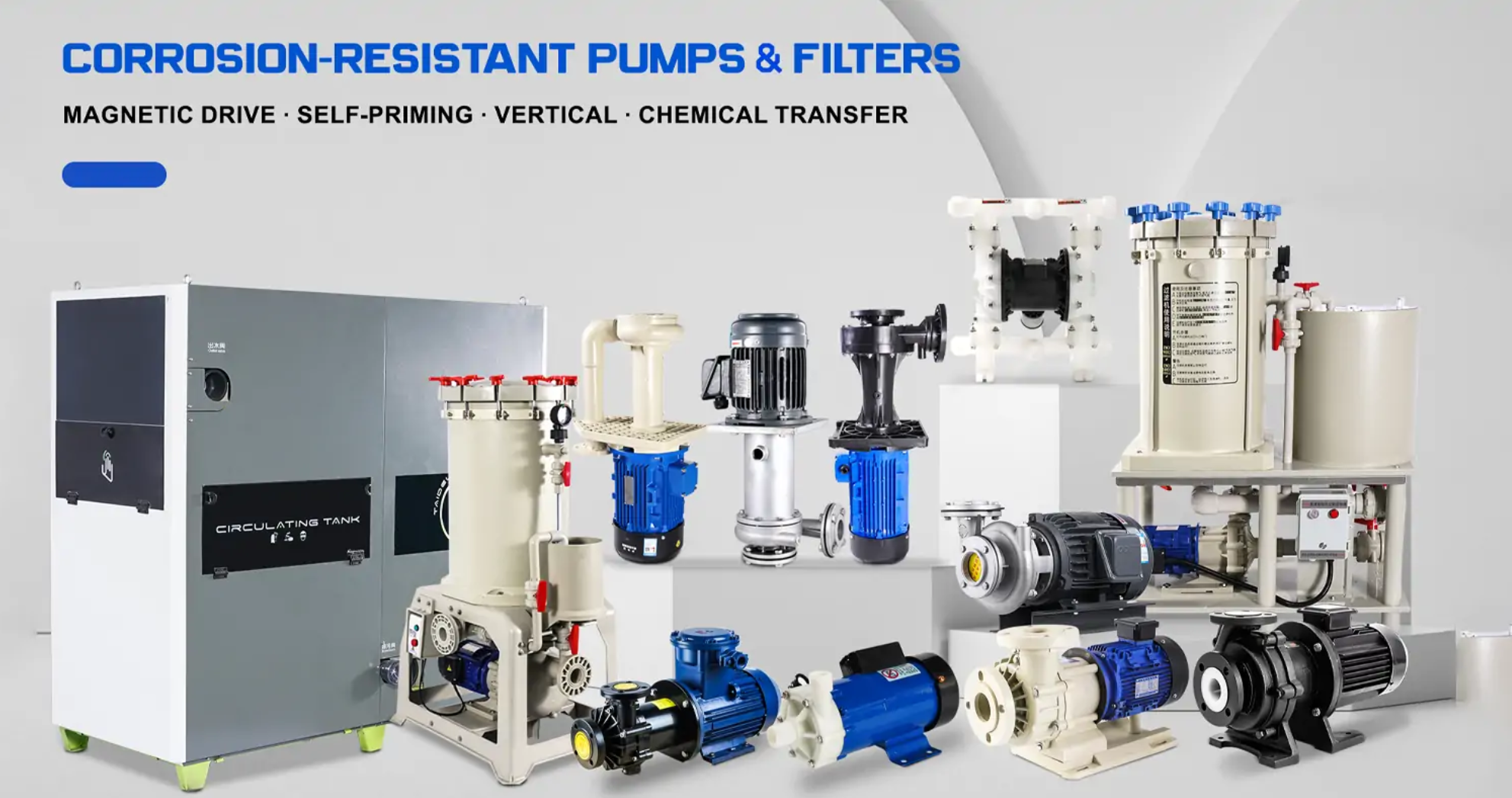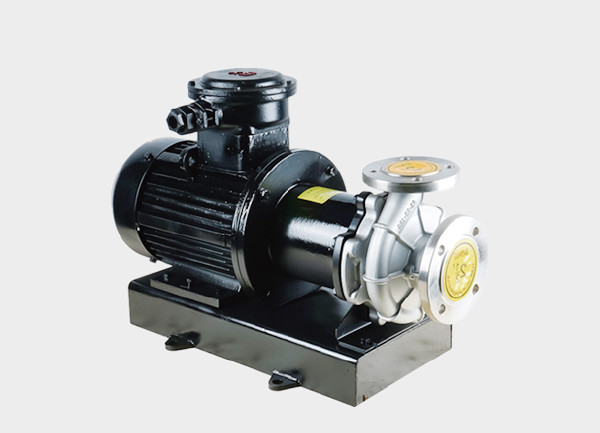Industrial filters are essential devices in modern manufacturing, designed to separate solid impurities from liquids or gases. Their primary function is to protect downstream equipment (such as pumps, valves, and heat exchangers), improve product purity, and ensure compliance with environmental standards.
At their core, industrial filters operate by using a filter medium as a barrier that traps contaminants through physical or chemical interactions, allowing only clean fluid to pass through.
Depending on how particles interact with the filter medium, industrial filtration can be divided into surface filtration and depth filtration — each with distinct structural and operational characteristics. This article breaks down the principles, processes, and key influencing factors behind industrial filtration.
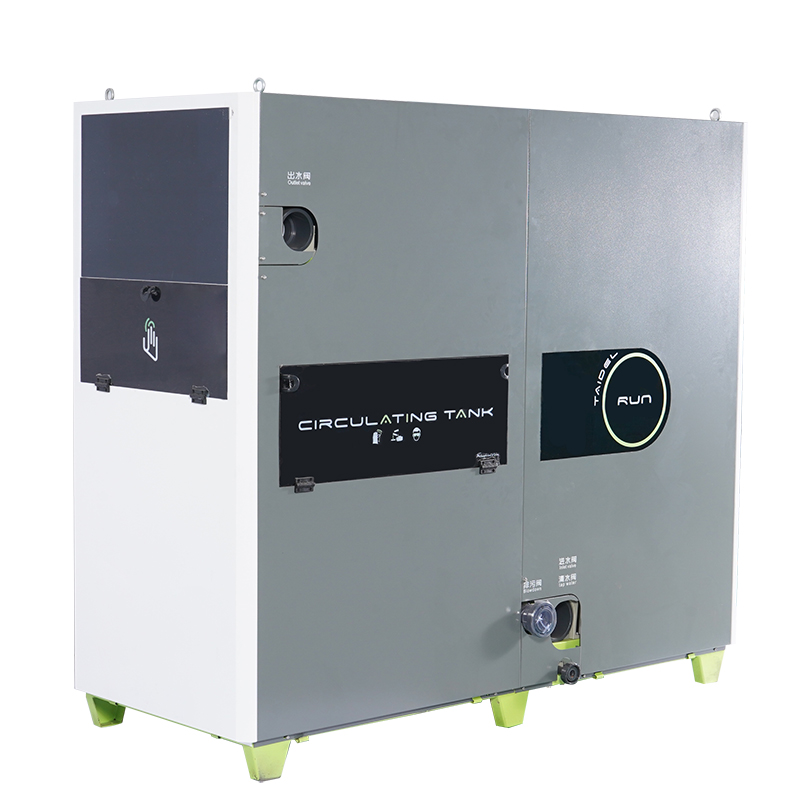
1. Core Filtration Mechanisms: Surface Filtration vs. Depth Filtration
The performance of an industrial filter is determined by its dominant filtration mechanism. The key difference between surface and depth filtration lies in where the impurities are trapped and how the medium is structured.
1.1 Surface Filtration
Definition:
In surface filtration, impurities are retained on the surface of the filter medium and do not penetrate its interior. The medium features a defined pore size, acting like a sieve that only allows particles smaller than its pores to pass through. Larger particles are trapped on the surface, forming a filter cake layer over time.
Key Mechanisms:
Sieving Effect (Primary Mechanism)
When the pore size is smaller than the particle size, contaminants are physically blocked.
Examples:Metal mesh filters (0.1–100 μm) intercept metal shavings in fluids.
Nylon or polypropylene filter cloths capture fiber impurities in slurry.
Adsorption Effect (Secondary Mechanism)
Even when particles are smaller than the pores, Van der Waals forces or electrostatic attraction can trap them on the surface.
Examples:Activated carbon filters adsorb VOCs in gases.
Electrostatic filter membranes capture fine dust (<1 μm).
Filter Cake Filtration (Secondary Layer Effect)
As filtration progresses, retained particles accumulate on the surface, forming a filter cake. This cake acts as a secondary filter, with much smaller pore size than the original medium — greatly enhancing precision.
Example: In plate and frame filter presses, initial filtration is coarse, but precision increases as the filter cake develops.
Typical Applications:
Large and uniform particles (>1 μm)
Scenarios requiring easy cleaning or backwashing
Common types: Metal mesh filters, filter cloths, bag filters, plate and frame presses
1.2 Depth Filtration
Definition:
In depth filtration, the medium has a porous and multilayered structure (often granular or fibrous). Contaminants are trapped within the internal pores through mechanisms such as inertial impact, interception, diffusion, and gravitational settling, without forming a clear filter cake.
Main Mechanisms:
| Mechanism | Principle | Particle Size | Typical Applications |
|---|---|---|---|
| Inertial Impaction | Large particles cannot follow fluid streamlines due to inertia and collide with medium surfaces. | >5 μm | Dust removal in air filters, sand filtration in water treatment |
| Interception | Particles close to pore walls are captured and held by Van der Waals forces. | 1–5 μm | Fiber filters (e.g., part of HEPA filter action) |
| Diffusion (Brownian Motion) | Ultrafine particles (<1 μm) move randomly and collide with medium surfaces. | <1 μm | Cleanroom air filters, precision liquid filtration |
| Gravitational Settling | Heavy particles settle out within pores due to gravity. | >20 μm | Cyclone separators (pre-filtration stage) |
Typical Applications:
Fine or broadly distributed particles (0.1–10 μm)
High precision filtration without cake formation
Examples: Quartz sand filters (water treatment), activated carbon filters (odor removal), HEPA/ULPA filters (air purification), ceramic filters (high-temperature fluids)
2. Industrial Filtration Process: From Start-Up to Stable Operation
Regardless of the mechanism, filtration typically proceeds through three operational stages:
Initial Filtration Stage
The filter medium hasn’t yet developed full retention capacity.
In surface filters, no filter cake has formed; in depth filters, only the top pores capture particles.
Result: lower purity of initial filtrate.
Stable Filtration Stage
The surface filter forms a cake layer; the depth filter’s pores progressively fill.
Filtration precision peaks and stabilizes.
The pressure drop (resistance) slowly increases but remains manageable.
Clogging Stage (Maintenance Required)
Excessive cake buildup or pore blockage causes a sharp rise in pressure and drop in flow rate.
Cleaning (backwashing or chemical cleaning) or medium replacement is required to restore capacity.
3. Key Factors Affecting Filtration Performance
Effective filtration depends on the balance between medium characteristics, fluid properties, and operating conditions.
3.1 Filter Medium (Core Component)
| Medium Type | Structure | Filtration Mechanism | Typical Use |
|---|---|---|---|
| Rigid Media | Porous ceramic, sintered metal (uniform pores) | Surface filtration (sieving) | High-temperature, corrosive fluids |
| Flexible Media | Filter cloth, bags, or paper (woven fibers) | Surface + adsorption | Slurry, air dust filtration |
| Granular Media | Sand, activated carbon, resin | Depth filtration (collision + interception) | Water treatment, gas purification |
| Membrane Media | Organic (PVDF, PES) or inorganic (alumina) membranes | Surface (fine sieving) | Ultrapure water, pharmaceutical fluids (0.001–1 μm) |
3.2 Fluid and Particle Properties
Viscosity: Higher viscosity = higher resistance → choose larger-pore or granular media.
Particle size:
Larger than pore → surface filtration
Smaller than pore → depth filtration
Particle concentration:
High concentration → surface filtration (cake formation, easier cleaning)
Low concentration → depth filtration (longer life)
3.3 Operating Conditions
Pressure: Increases filtration speed, but excessive pressure may force particles through pores.
Temperature: Reduces viscosity, improving flow — but must match medium’s temperature resistance.
Backwashing: Reverse fluid flow dislodges trapped particles, restoring permeability (e.g., quartz sand filters).
4. Common Types of Industrial Filters and Their Mechanisms
| Filter Type | Filtration Mechanism | Key Parameters | Application |
|---|---|---|---|
| Bag Filter | Surface (sieving + cake layer) | Pore size: 1–100 μm | Paints, inks, lubricants |
| Quartz Sand Filter | Depth (collision + interception) | Sand size: 0.5–2 mm | Water pretreatment, turbidity removal |
| HEPA Filter | Depth (interception + diffusion) | Efficiency: 99.97% @ 0.3 μm | Cleanroom air purification |
| Plate and Frame Press | Surface (filter cake) | Cloth pore size, pressure | Chemical sludge dewatering |
| Self-Cleaning Filter | Surface (sieving + backwash) | Mesh size, backwash frequency | Cooling water, circulation systems |
Conclusion
The working principle of an industrial filter is fundamentally based on using a structured medium to separate impurities from fluids through sieving, interception, adsorption, and diffusion.
The selection logic can be summarized as:
Particle size → Filtration mechanism (surface/depth) → Medium selection → Optimized operation → Stable filtration → Cleaning/replacement maintenance.
Understanding how each mechanism applies to specific conditions is key to proper filter selection:
For large, high-concentration particles, use surface filters (e.g., bag filters).
For fine, low-concentration impurities, choose depth filters (e.g., HEPA, sand, or carbon filters).
By aligning filtration principle, medium type, and process conditions, industrial systems can achieve efficient, stable, and cost-effective purification for both liquid and gas applications.


